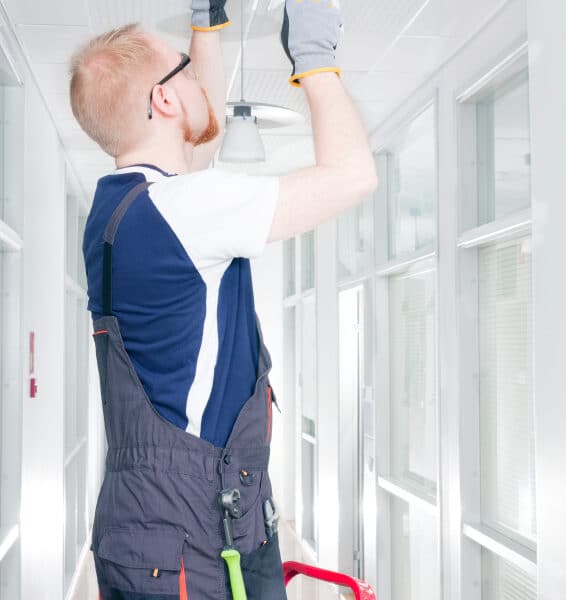 Management of Contractors
Management of Contractors
This article will provide information on the HSE five steps to managing contractors who work on your site. The five steps are based on the HSE’s leaflet, Managing health and safety.
HSE five steps to managing contractors
The five sections are as follow:
- Policies
- Organising
- Planning and doing
- Monitoring
- Reviewing and learning.
Let’s examine all five to get a clear understanding on what needs to be done to ensure the management of contractors working on the premises.
No 1 – Policies
The healthcare establishment requires a clear statement of management commitment to health and safety signed by the controlling mind of the organisation, which is the most senior person in the business. The policies should be dated and reviewed on a yearly basis or earlier if there is significant change within the business. The policy should include a commitment to manage all contractors working on the premises.
No 2 – Organising
Everyone working within the business must understand the roles and responsibilities that they have when working with contractors. Managers should have an understanding of the complex issues created when one or more contractors are carrying out work on site. One of the main issues could be the potential imported risks from their work activities. An example of this is a contractor working in an area investigating an electrical problem and repairing it. In doing this work equipment will need to be brought on site and the contractor may need to switch off the electricity supply to the building. They may unknowingly cause an impact on work being conducted elsewhere in the building such as a dentist using a piece of equipment which is electric which stops in the middle of a procedure.
The responsibility lies with the building manager to ensure that whatever work is carried out does not impact on the services within the building. Managers could organise refurbishment or similar work be undertaken out of hours to ensure minimal impact.
No 3 – Planning and Doing
The manager organising a contractor to carry out work on site should have a meeting with the contractor to understand the following:
- What work is being done?
- How the work will be done?
- How long the work will last and the hours of work?
- How many people will be doing the work and they are competent?
- Who will be completing the work?
- What equipment will be used and is it safe to use?
- What imported risks are brought onto the site whilst the work is being carried out?
- Is a permit to work required?
- Have they completed their risk assessment for the work activities?
- Have they got insurance to cover their work?
A contractor will require an induction of the building to understand where the fire exits are, who the First Aiders are and general health and safety requirements. Ensure the induction is recorded and the contractors have signed and dated the induction. They may also need to view the asbestos survey depending on the type of work they will be completing. The contractors may need to be issued with ID and an entry badge to access different areas. Restrictions also may need to be put in place so that they do not accidently go into unauthorised areas such as laboratories or other medical environments.
No 4 – Monitoring
The service needs to ensure that the contractors are doing what they are required to do and carrying out an inspection will support the monitoring of contractors on site. Monitoring is also important to the contractors who can use the opportunity to discuss changes in work they are doing or bring to a managers attention any problems found during the course of doing their work. Monitoring can be a two way means of effective communication to ensure a high level of cooperation exists between both parties.
No 5 – Reviewing and learning
The performance of the contractor should be recorded and kept on file for future work. If the work was to an acceptable standard and the business was positive about the work done then it is likely the business will provide more work. In contrast if the work was below standard then the business should record this and make a decision on whether to give the contractor another opportunity to work on the business premises. The review process is mutually beneficial to both the contractors and the business.
Conclusion
The management of contractors is important to the business to ensure the safety of the workforce. The majority of contactors strive to work to a high stand and continually improve their services. They want to be known as dependable and to achieve a rating of excellence in the service they provide. Communication and co-operation is key to ensuring health and safety is top of the agenda when work is being undertaken by contractors in your business. You have a duty of care to ensure the safety of contractors on the site whilst they are working and they have a duty of care to work safely. It is a team effort to continually ensuring health and safety of all is maintained.
QCS provide full health and safety management systems to help your business support the management of contractors.
References
Information of the Health and Safety at Work Act 1974




